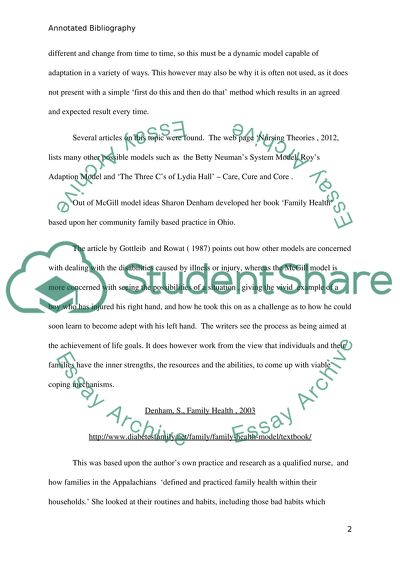Cite this document
(“Annotated Bibliography on Nursing Theory/Practice Model (The Mcgill Essay”, n.d.)
Retrieved from https://studentshare.org/nursing/1470410-annotated-bibliography-on-nursing-theory-practice
Retrieved from https://studentshare.org/nursing/1470410-annotated-bibliography-on-nursing-theory-practice
(Annotated Bibliography on Nursing Theory/Practice Model (The Mcgill Essay)
https://studentshare.org/nursing/1470410-annotated-bibliography-on-nursing-theory-practice.
https://studentshare.org/nursing/1470410-annotated-bibliography-on-nursing-theory-practice.
“Annotated Bibliography on Nursing Theory/Practice Model (The Mcgill Essay”, n.d. https://studentshare.org/nursing/1470410-annotated-bibliography-on-nursing-theory-practice.


